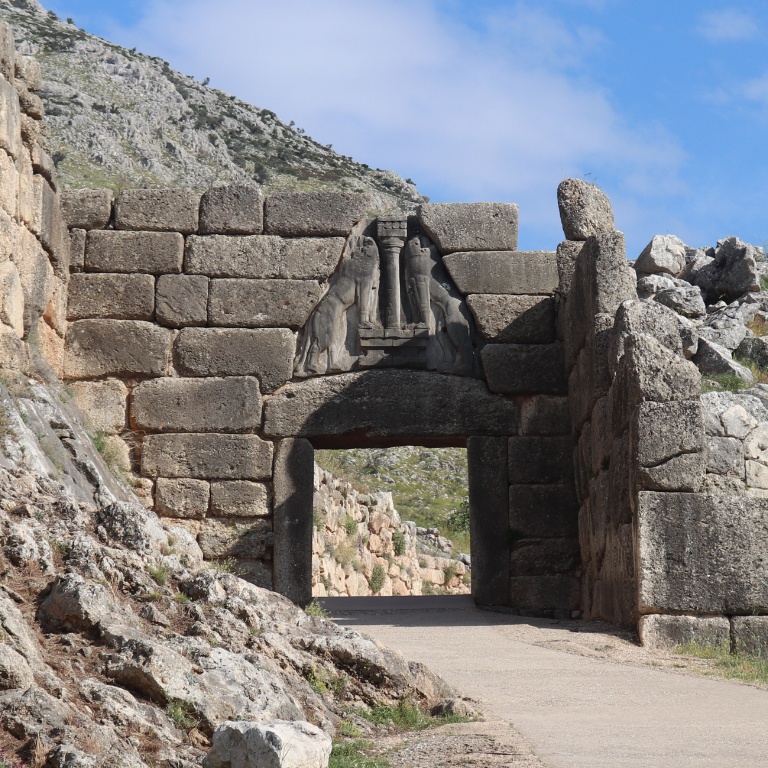- Instructor
- Nicholas G. Blackwell
- Location
- Woodburn Hall
- Days and Times
- Tuesday/Thursday: 11:30am-12:45pm
- Course Description
This course traces the rise and fall of the major cultures of the pre- and proto-historic Aegean world. It explores the region’s art, architecture and archaeology beginning with the Paleolithic era and concluding with the transitional Early Iron Age period. The primary focus is on the Bronze Age societies of the that flourished on the Aegean islands (the Cycladic culture), on Crete (the Minoans) and on Mainland Greece (the Mycenaeans). The rise, expansion, and ultimate decline of the Minoans and Mycenaeans as seen through their cultural remains will be reviewed. Important places covered include Troy, Knossos, Malia, Phaistos, Akrotiri on Thera, Mycenae, Tiryns, Thebes, and the Palace of Nestor at Pylos among others. Specific topical issues explored are: the relation between major socio-political developments and material culture, monumental architecture, funerary architecture, burial customs, the connection of the state and artistic production, metallurgy, ceramics, fresco painting, regional artistic traditions, luxury commodities, artisan mobility, and trade and seafaring. The interregional artistic links of these societies—with each other and with more distant areas like Egypt, Cyprus, the Levant, and Anatolia—are also considered. The impact of these Aegean civilizations on later periods in Greek history also will be considered, including the relationship of Homer and epic poetry to remnants and memories of the Bronze Age.
Art and Archaeology of the Aegean

 The College of Arts
The College of Arts